Cleanroom Ceilings: The Key to Ensuring Safety and Efficiency in Controlled Environments
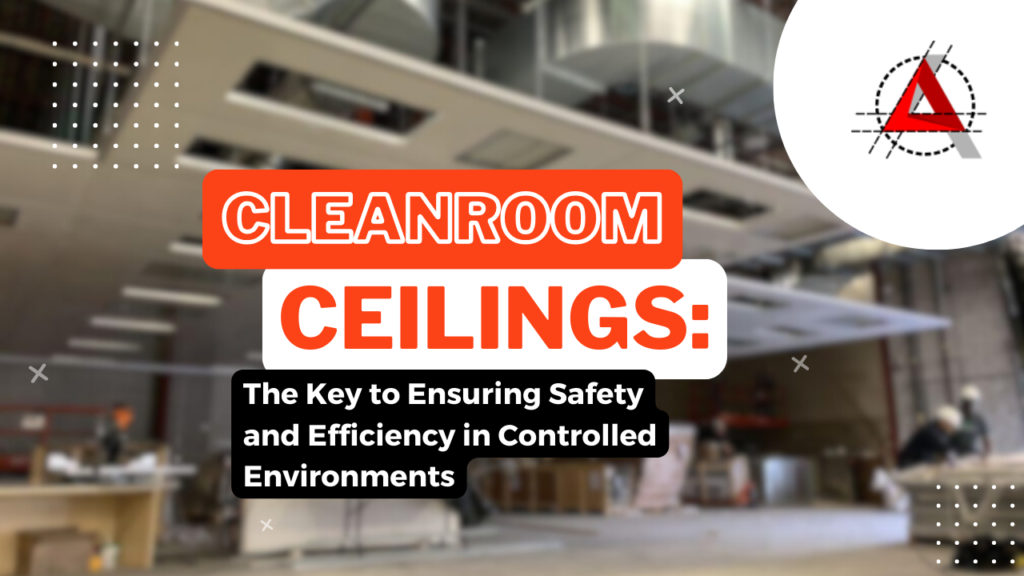
Cleanroom ceilings play a crucial role in maintaining safety and efficiency in controlled environments. These specialized ceilings are designed to meet the rigorous standards of cleanroom facilities, where even the smallest particles can disrupt the delicate processes taking place. By utilizing cleanroom ceilings, contaminants such as dust, microbes, and airborne particles are effectively controlled and prevented from entering the controlled environment.
This not only ensures the safety of the personnel and products within the cleanroom but also enhances the overall efficiency of operations. With features like high efficiency particulate air (HEPA) filters and antimicrobial coatings, cleanroom ceilings provide a barrier against potential hazards, making them an indispensable component in industries such as pharmaceuticals, electronics, and aerospace.
Cleanroom ceilings come in several types, each with its own unique features and benefits.
Non-Walkable Ceiling
Non-walkable ceilings are a type of cleanroom ceiling that serves a specific purpose in
maintaining safety and efficiency in controlled environments. Unlike grid or monolithic ceilings, non-walkable ceilings are not designed for regular access or maintenance. Instead, they are typically used in areas where there is no need for personnel to walk on the ceiling or access the plenum above. Non-walkable ceilings are often found in cleanrooms with limited vertical space or in areas where there is a need for a completely sealed environment.
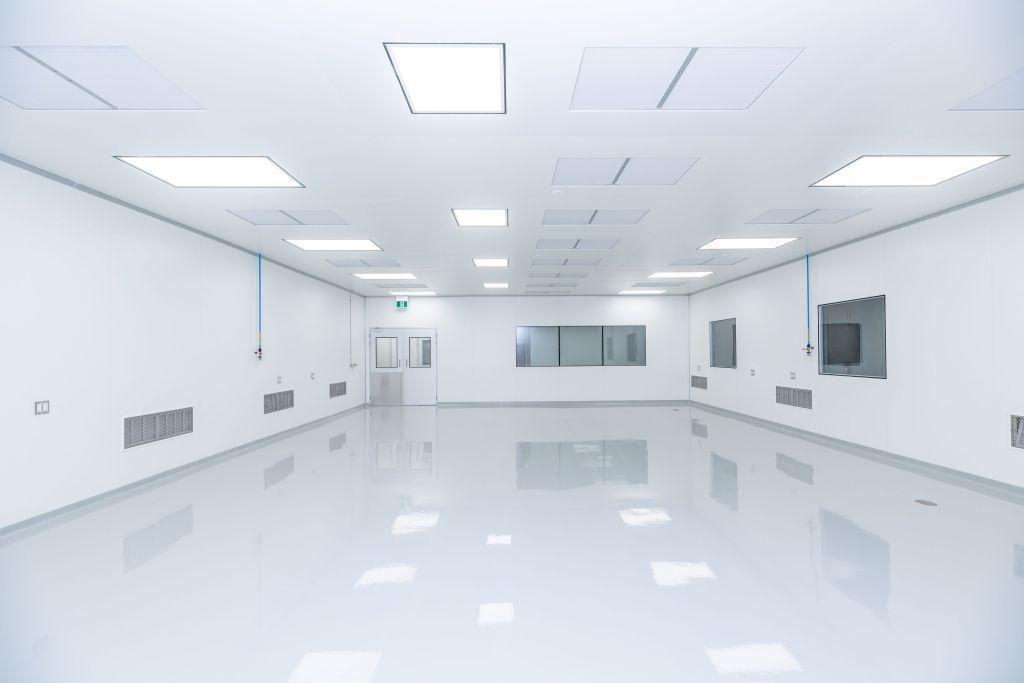
These ceilings usually feature aluminum frames, while the panels are constructed from materials such as metal or stainless steel with either powder coating or UPVC coating. These materials are resistant to contaminants and provide a smooth surface, preventing the accumulation of particles or microbes. By eliminating the need for regular access, non-walkable ceilings minimize the risk of contamination and maintain the integrity of the cleanroom.
Walkable Ceiling
A walkable ceiling typically refers to a type of ceiling design or structure that is strong and stable enough to support the weight of a person walking on it. With a sturdy and slip-resistant surface, these ceilings provide a safe and convenient way for personnel to perform maintenance, inspections, or even install equipment directly from above. This revolutionary concept not only saves time and resources but also enhances the overall efficiency of cleanroom operations. Walkable ceilings are especially beneficial in cleanrooms with limited floor space, as they maximize the use of vertical space.
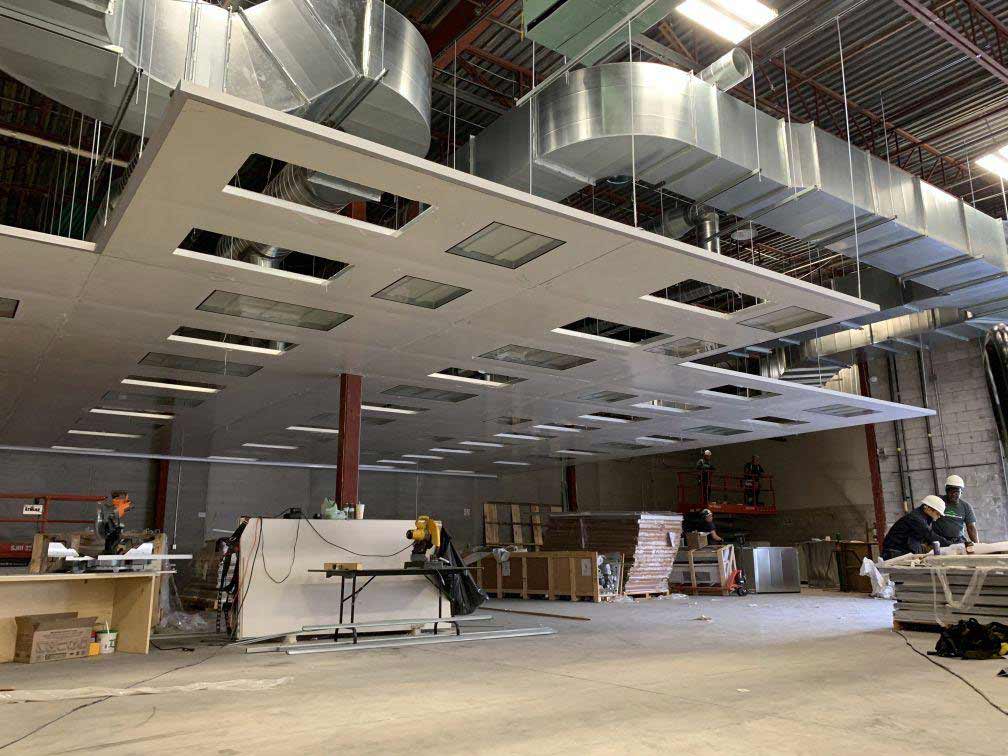
Selection of Cleanroom Ceiling
When it comes to selecting a cleanroom ceiling, there are several factors that need to be considered to ensure safety and efficiency in controlled environments.
- Type of cleanroom ceiling: It the suitable for the specific requirements of the facility. Grid ceilings are a popular choice due to their flexibility and easy installation, allowing for easy access to the plenum above for maintenance and repairs. Monolithic ceilings, on the other hand, offer a seamless surface that eliminates cracks and crevices where contaminants can accumulate, making them ideal for industries where aesthetics are important. Additionally, there are cleanroom ceilings with integrated lighting systems, which provide both illumination and air filtration in one unit, maximizing space and energy efficiency.
- Level of access: Non-walkable ceilings are designed for areas where personnel do not need to access the plenum above, while walkable ceilings offer a safe and convenient way for maintenance and inspections to be performed directly from above. Proper installation, maintenance, and selection of cleanroom ceilings are crucial to their effectiveness, as common mistakes can compromise their ability to prevent contaminants from entering the controlled environment.
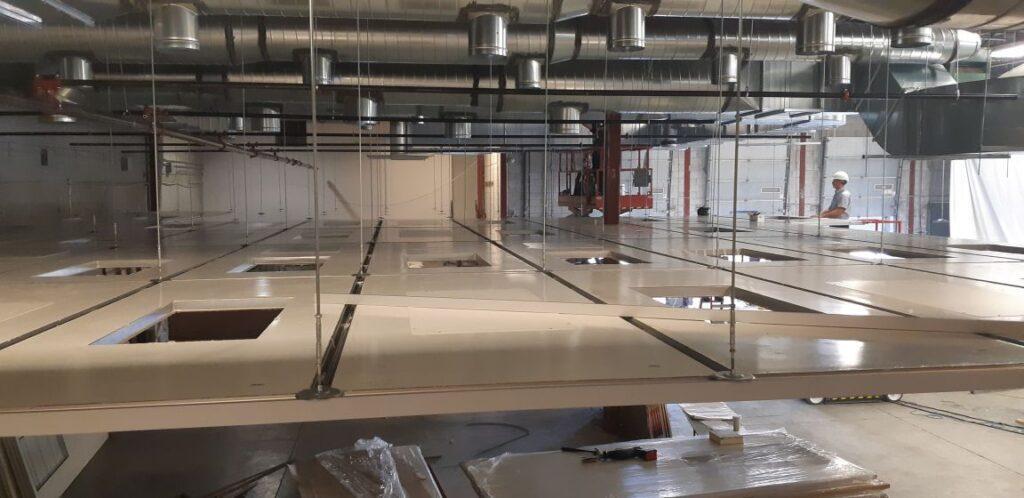
Installation
Proper installation, maintenance, and selection of cleanroom ceilings are crucial to maintaining safety and efficiency in controlled environments. While cleanroom ceilings are designed to prevent the entry of contaminants, common mistakes can compromise their effectiveness. Improper installation of ceiling tiles or panels can lead to gaps or cracks that allow contaminants to infiltrate the cleanroom. Neglecting regular maintenance and cleaning of the ceiling can also diminish its ability to filter out particles, decreasing its efficiency. Additionally, using the wrong type of ceiling for a specific cleanroom environment can hinder maintenance and inspections. By avoiding these mistakes and ensuring proper practices, industries can maximize the safety and efficiency of their controlled environments.
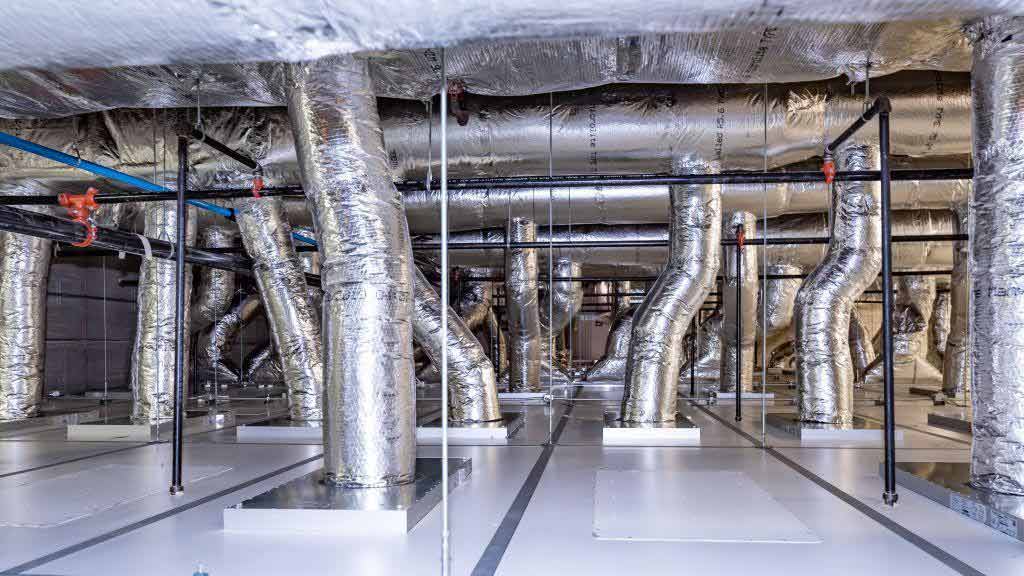
By avoiding common mistakes and considering factors such as type and level of access, industries can maximize the safety and efficiency of their controlled environments. To learn more about how cleanroom ceilings can improve your cleanroom operations, contact us today.
GET IN TOUCH
Complete the form below to get in touch with our team.
